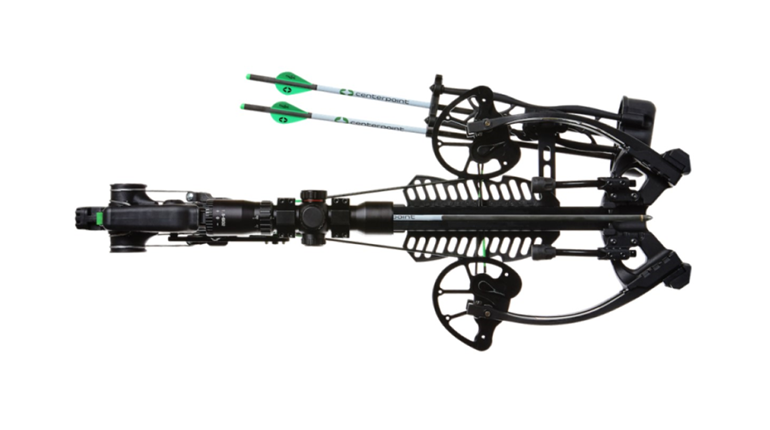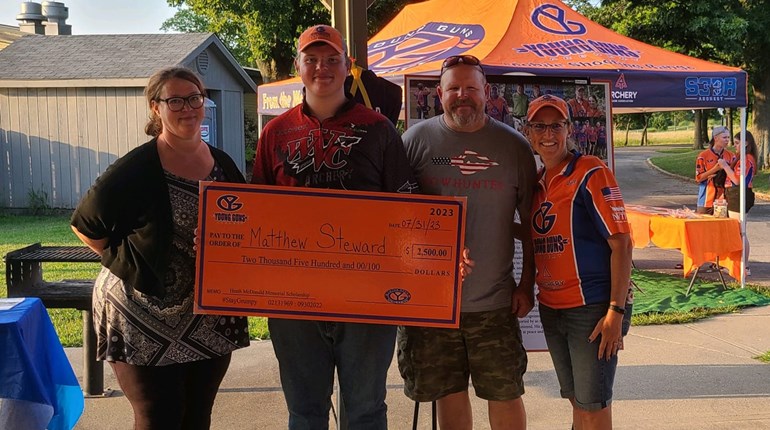
Hardly a summer passes that a friend doesn’t boast about how he’s stacking arrows at 90 yards, or whatever. “Splendid!” I say. “With broadheads?” Silence normally ensues. When October rolls around, this guy simply switches to his expandable heads that are touted to “shoot like field points.” He’s reluctant to mess with perfection. Trouble is, “like” doesn’t cut it.
Before hunting, you should test the point of impact of your broadheads compared to your field points—and not just at 20 yards. You’ll likely find disparities. You have several options to correct them.
Sacrifice a few broadheads for practice and zero your sight pins with them before the season starts. This method is common and it works, but what generally happens is hunters practice less because no one likes to tear up expensive broadheads and targets. And re-zeroing to field points is like pulling teeth.
Buy an additional bowsight and dedicate it to your field points. (It doesn’t have to be a top-end model.) You’ll have to zero your pins once for each sight, but that’s it. Switching between sights takes about two minutes. Make sure the sights have precisely fitting mounting holes, not the type that is overbored so the sight can pivot. Each sight should return to its zero when re-installed properly. Over several seasons you’ll save not only time, but also money by not destroying broadheads and targets.
Use a matched practice point that some manufacturers now include with broadheads. For example, G5 Outdoors (g5outdoors.com) offers its Ballistic Match Point that is machined and wind-tunnel tested to match the flight characteristics of its Deadmeat mechanical broadhead. Matched practice points usually hit close to your blades, but you still need to test them to make sure. They’re a little more expensive than field points, but they’re much easier on targets than broadheads. Plus, they’re great for small game.
Super-tune your bow to shoot broadheads and field points to the same point of impact. While at first this sounds like the best solution, the process is painstaking and can be costly. Also know that if your string stretches or anything else changes, all is lost.





































